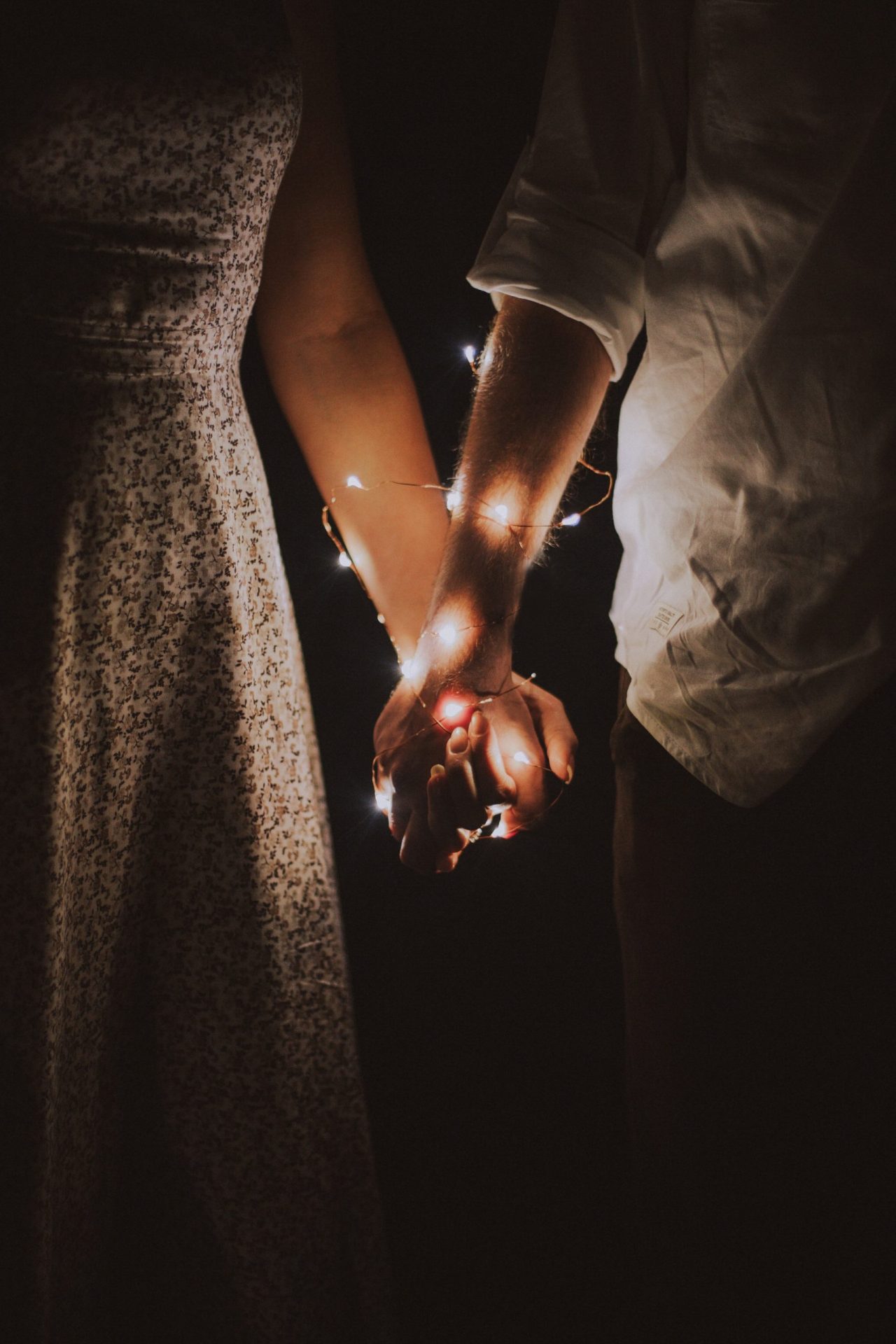
The Ties That Bind Us
In Chemistry, there are several kinds of bonds. The strongest are covalent, while ionic and metallic bonds can be powerful too. Weaker bonds like dipole-dipole interactions, disulfide bridges, and hydrogen bonds make up some of the smaller ties that give further complexity to our universe. Social bonds are much the same.
There are blood ties, romantic relationships, and close friendships that are the primary binding forces of the human experience. Acquaintances, coworkers, and associates are the bonds that give our lives richer schemas. Without others, our lives would be empty and devoid of meaning. Without people, the joy of living the human experience would be non-existent. It’s the ties that bind that have us smiling every morning at the person sleeping next to us, that leave us ecstatic when our friend proposes to his girlfriend of three years, or that have us cheering for our teammate to go the distance when he feels like giving up. These bonds tie us to each other, and to ourselves.
My parents were Mexican immigrants with little money and no social status. They had undiagnosed and unresolved health issues of all sorts that made the struggles of parenthood into lifelong consequences for them. Although I knew I had blood relatives, my brothers and I never met many of them until later in our childhoods. We were isolated from our community when that’s what we needed the most. In many ways, I continued that legacy by keeping people at a distance.
This method of operation continued until my late 20s. Everything changed thereafter, albeit slowly. As I unraveled the ties that bound me in shame and self-loathing, it became possible to start having genuine connections—at first with myself and then with others. As night turned to day, the distorted self-perceptions in the pond of self-image gave way to a whole identity. Taking a moment to look around me, I saw everybody that cared about me. I saw my family of choice, my neighbors, my dance partners, my sparring mates, and my acquaintances. I saw my community. All along, people had been there for me. The very humans that looked like the ones who made me question my place among my species were the same ones who had become my saving grace. I had learned the meaning of friendship, community, and love; the ties that bind us to ourselves and others.
Whether you come from a close-knit or broken family, grew up with a lot of friends or just your guitar, the bonds that tie us to people are and will always be the most treasured connections people will experience. No amount of money, social status, or great sex can substitute the desire, the need to be seen as a valued and wanted member of a community. This need for connection is present even in babies. If you’ve ever held your own child or niece/nephew in your arms, you know what I mean. The look they give you as you look at them with love, kindness, and protection generates a feeling of security in babies, the foundation for what Psychology calls secure attachment. Our need for others is encoded into our DNA, and for better or for worse, modified through our environments. And as long as there are good people around, better is always possible. As Bill Withers so famously sang, “We all need somebody to lean on.”
